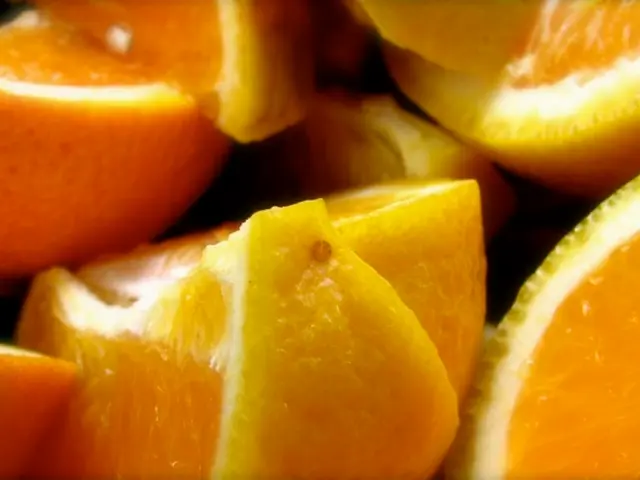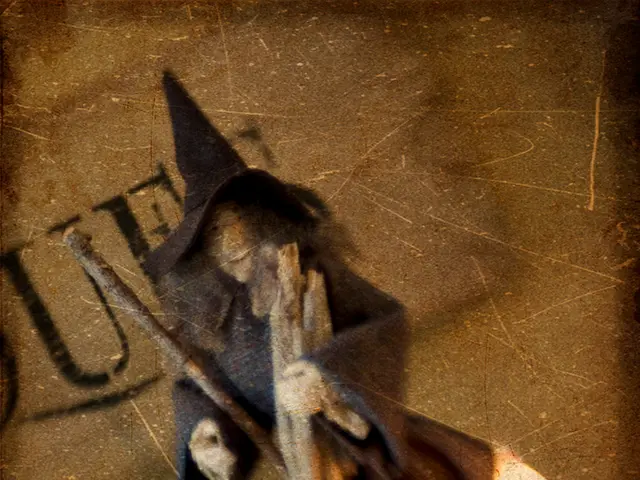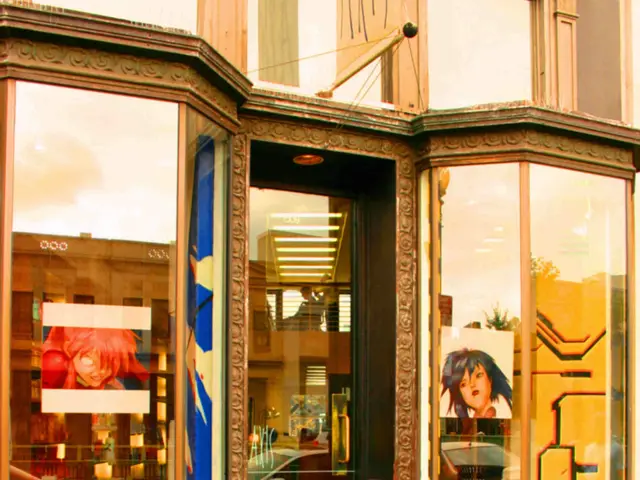Traditional Knowledge Regarding the Kōwhai Plant in Maori Culture
The Kōwhai tree, a vibrant symbol of spring in Aotearoa, holds a special place in Māori culture. Not only is it esteemed for its durability and the beauty of its yellow flowers, but it is also a rich source of traditional Māori knowledge, known as mātauranga Māori [4].
This tree has long been valued for its medicinal properties. Various parts of the kōwhai, including its bark, roots, and leaves, have been used to treat a range of ailments such as gastrointestinal, respiratory, skin, and muscular issues [1][3]. For instance, wai kōwhai, or kōwhai bark boiled in water, has been used to treat skin and muscle ailments [2].
However, it's essential to note that the kōwhai tree is highly toxic. Particularly, certain parts of it contain the toxin cytisine, making them harmful when ingested [2]. Therefore, handling the tree requires care, and it's recommended to use gloves and masks to avoid toxicity exposure. Despite its toxicity, carefully prepared traditional remedies have been used safely within rongoā Māori (Māori healing) practices.
The kōwhai flower serves as a tohu, or indicator, for the planting season or spring [4]. The connection between springtime and the kōwhai is so strong that it is part of the mātauranga Māori of kōwhai. Once the kōwhai flower is out, it's time for Māori to prepare and plant the soil for the year's crops, including kūmara [5].
The kōwhai wood has been used for a wide range of tools, including weapons and tools for the pā (fortifications) and māra (gardens) [3]. Its strength makes it suitable for making taiaha (wooden spears), patu (clubs), wedges for splitting wood, and whare (houses/buildings) [3].
When European settlers arrived, they began using kōwhai in various ways due to its strength, such as railway sleepers, house blocks, and house piles [6]. In Māori creation stories, the kōwhai tree is a significant symbol, with a whakataukī comparing its budding to a question of where one was when it began to bloom [7].
The maramataka, the traditional Māori system that guides life events such as planting, harvesting, and collection of kai, is based on the movements and phases of the Moon - te Marama and the stars - ngā whetū [8]. This system, like the kōwhai, plays a crucial role in Māori life, providing a connection to the natural world and its cycles.
For those interested in exploring kōwhai mātauranga further, resources such as articles, activities, and webinars are available [9]. These resources offer a deeper understanding of the kōwhai's role in Māori culture and its continued significance today.
[1] Various resources available featuring mātauranga Māori of kōwhai, including those from universities and iwi trusts. [2] Kōwhai is highly toxic, particularly certain parts of it. Handling the tree requires care, as it can be poisonous; use of gloves and masks is recommended when dealing with it to avoid toxicity exposure. [3] Kōwhai wood was used by Māori for a wide range of tools, including weapons and tools for the pā and māra (gardens). [4] The kōwhai flower is a tohu, or indicator, that informs local maramataka. [5] Once the kōwhai flower is out, Māori know it's time to prepare and plant the soil for the year's crops, including kūmara. [6] When European settlers arrived, they began using kōwhai in various ways such as railway sleepers, house blocks, and house piles due to its strength. [7] In Māori creation stories, the kōwhai tree is a significant symbol, with a whakataukī comparing its budding to a question of where one was when it began to bloom. [8] The maramataka is the traditional Māori system that guides life events such as planting, harvesting, and collection of kai. [9] Additional resources for exploring kōwhai mātauranga include articles, activities, and webinars. [10] Roots from the kōwhai tree were used to make matau (fish hooks), while branches were used to make kō (digging sticks) and bird snares.
The kōwhai tree, with its medicinal properties, plays a significant role in health-and-wellness, as various parts of it have been used to treat ailments in outdoor lifestyle activities such as gardening and home-and-garden pursuits. For instance, wai kōwhai, or kōwhai bark boiled in water, has been used to treat skin and muscle ailments.
Despite its medicinal benefits, the kōwhai tree's wood has also been utilized in lifestyle practices beyond health, such as constructing tools for the pā (fortifications) and māra (gardens), and even in home-and-garden projects undertaken by European settlers, including railway sleepers and house piles, due to its remarkable strength.




